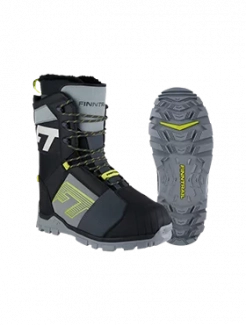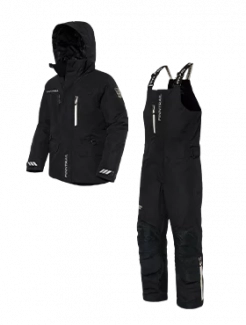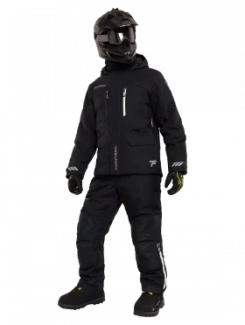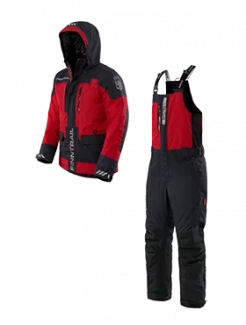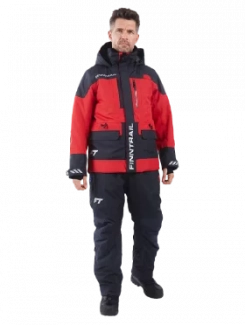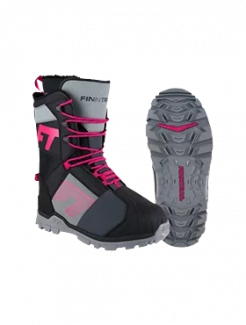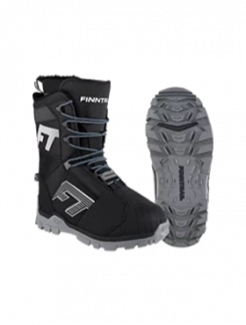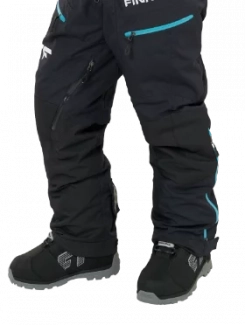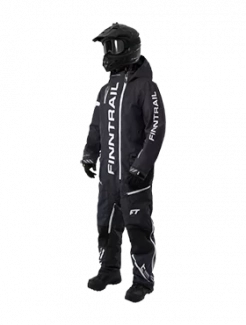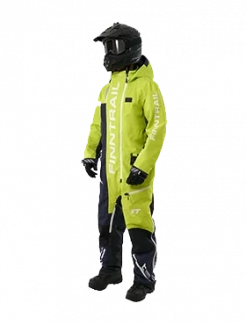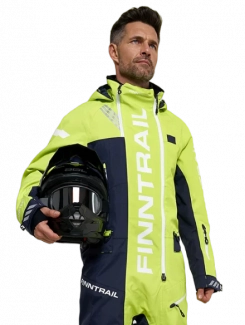Mastering the Slopes: Mountain Snowmobile Riding Tips
Riding in the backcountry is a different beast than just zooming on groomed trails. Whether you’re a weekend warrior or an aspiring pro, knowing how to handle snowmobile mountain riding can mean the difference between an epic ride and getting stuck (or worse). Below are essential mountain riding tips, gear pointers, and techniques to help you ride safer and better.
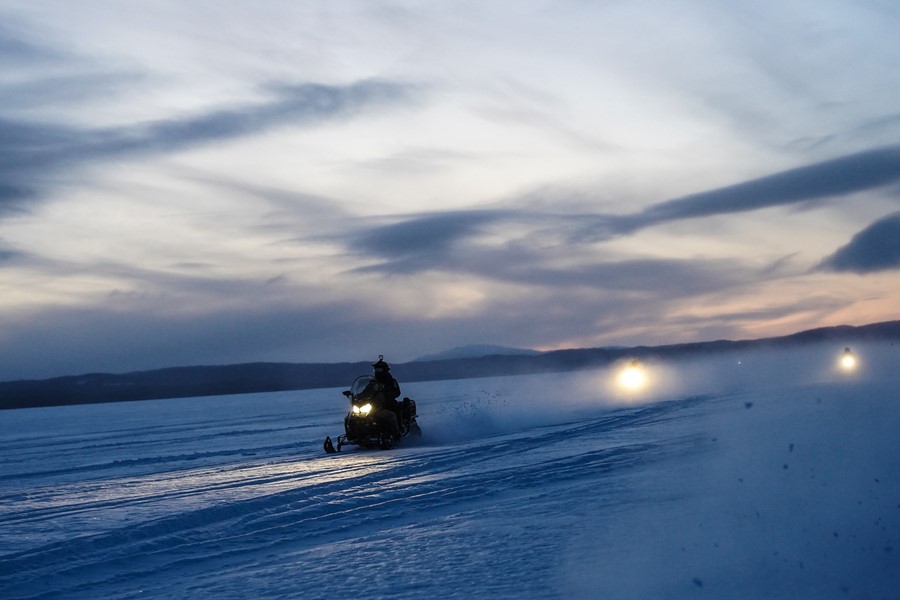
1. Know Your Machine: Choosing the Best Snowmobile for Mountain Riding
To ride confidently in alpine terrain, your sled needs to be up to the task:
-
Mountain sleds tend to be longer, narrower, and lightweight, optimized to float in deep snow rather than dig in.
-
Many riders aim for tracks of 146" or more and taller lug paddles (1.5"–2.0" or more) to boost flotation and grip in deep snow.
-
Beware: lighter mountain sleds are more prone to tipping and have larger turning radii. Understand how your particular model responds.
-
The Polaris RMK line is an example of sleds built for mountain use (“RMK” historically meaning “Rocky Mountain King”).
Invest in a machine built or tuned for backcountry and mountain snowmobile mountain riding.
2. Gear & Safety Essentials for Mountain Riding
Riding in the mountains adds a layer of risk. Your gear has to support both protection and survival:
-
Always carry avalanche safety tools—beacon, probe, shovel—and a proper avalanche airbag pack if possible
-
Wear technical base layers, insulating mid-layers, and a windproof shell. Avoid cotton.
-
Rigid snowmobile boots, sturdy gloves, helmet, goggles (with interchangeable lenses) are musts.
-
Pack survival extras: spare belt, spark plugs, basic tools, tow rope, emergency blanket, snacks, water, map/GPS, whistle, etc.
-
Practice with your avalanche gear before hitting the mountains. Don’t just carry it—use it in drills.
3. Warm-Up in Safer Terrain First
Before attempting steep slopes or ridgelines:
-
Find a flat, open area and practice throttle control, turning, braking, and pivoting. Polaris recommends this specifically before venturing into mountainous terrain.
-
Build confidence with deep snow maneuvers—“on-edge” riding, traversing, and linking turns.
-
Only move to steeper terrain once you're comfortable controlling the sled at lower risk levels.
4. Core Technique Tips for Snowmobile Mountain Riding
Mountain riding requires different muscle memory than trail riding. Here are advanced tips:
Standing & Body Position
-
In almost all mountain terrain, ride standing. You’ll shift weight and react dynamically.
-
Keep your center of gravity low. Bend knees, stay athletic, and be ready to shift weight uphill.
-
When attempting “on-edge” maneuvers, riders often lean uphill, give a throttle “blip,” and sometimes feather the brake to balance the sled. This allows you to hold a slope angle and traverse.
Throttle & Momentum
-
Momentum is your friend. In deep snow or climbing, maintain smooth throttle and avoid stalling. A Reddit user emphasized:
-
When rpm’s drop, back off, pivot, or retreat rather than digging yourself further.
-
In powder, don’t be overly cautious—throttle helps lift the sled. But balance is key.
Turning and Steering in Deep Snow
-
In deep snow, you don’t “steer the skis” like on groomed trails. Use body weight, counter-steering, and small ski inputs.
-
“On-edge” turning: tilt the sled so the uphill ski bears more load and the sled’s track edge bites. From there, you can control direction.
-
Traverse slowly at first; pick your line. Avoid riding across fall-lines until comfortable.
Climbing & Descending
-
Climb: start with a flat approach, build speed, stand, and maintain throttle. Don’t stop mid-slope.
-
Descend: shift your weight rearward, control speed with light brake, and avoid abrupt braking. Let engine drag help.
-
Traversing: keep slight downhill weight, throttle steady, and avoid being too aggressive near drop-offs.
5. Terrain & Avalanche Awareness
Riding in mountain environments means dealing with snowpack instability and changing terrain:
-
Slopes above 30° are especially avalanche-prone, but danger exists even on lower angles if loaded by storm or wind.
-
Look out for red flags—recent avalanches, whumpfing noises, cracking of the snowpack, or recent heavy snow.
-
Ride one sled at a time across or up slopes; others should wait in safe zones.
-
Always check avalanche forecasts for your region and stay updated.
-
Don’t park below slopes or in gullies—these are runout zones.
6. Field Strategy, Getting Unstuck & Recovery
Even experienced riders get stuck. How you respond matters.
-
When stuck, dig carefully, reduce front drag, and use traction aids (snow bikes, boards).
-
Use a tow rope or buddy assist rather than brute force alone.
-
Try to reposition the sled to face downhill before extricating.
-
Mark your route or use flagging so you don’t lose your way while recovering.
-
Always ride in pairs or groups — never ride alone in mountain terrain.
7. Smart Riding Philosophy & Pacing
-
Ride to your level. Don’t push into terrain you’re not ready for.
-
Take breaks frequently. Mountain riding is physically taxing.
-
Monitor fuel, engine heat, track temperature, and mechanical stresses.
-
Adapt to changing snow conditions—what works in early morning firm snow may fail in afternoon slush.
8. Real-World Wisdom & Community Tips
-
On Reddit, riders emphasize counter-steering, keeping momentum, and body control as core in deep snow.
-
At Daniel’s Summit blog, they suggest for uphill: “Maintain constant speed, squeeze throttle, don’t stop until you reach the top.” For downhill: “Manage your speed, avoid sudden braking, look ahead.”
-
Several Redditors note that nearly every rider gets stuck at some point; it’s part of the learning curve.
Final Thoughts
Mountain snowmobile riding is among the most rewarding (and demanding) forms of sledding. Combining the right snowmobile, solid riding gear, practiced technique, and a respect for avalanche and terrain risks is essential. Start slow, learn progressively, ride with partners, and keep safety your top priority.

